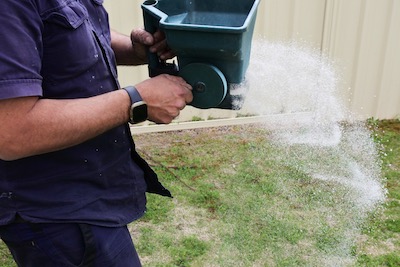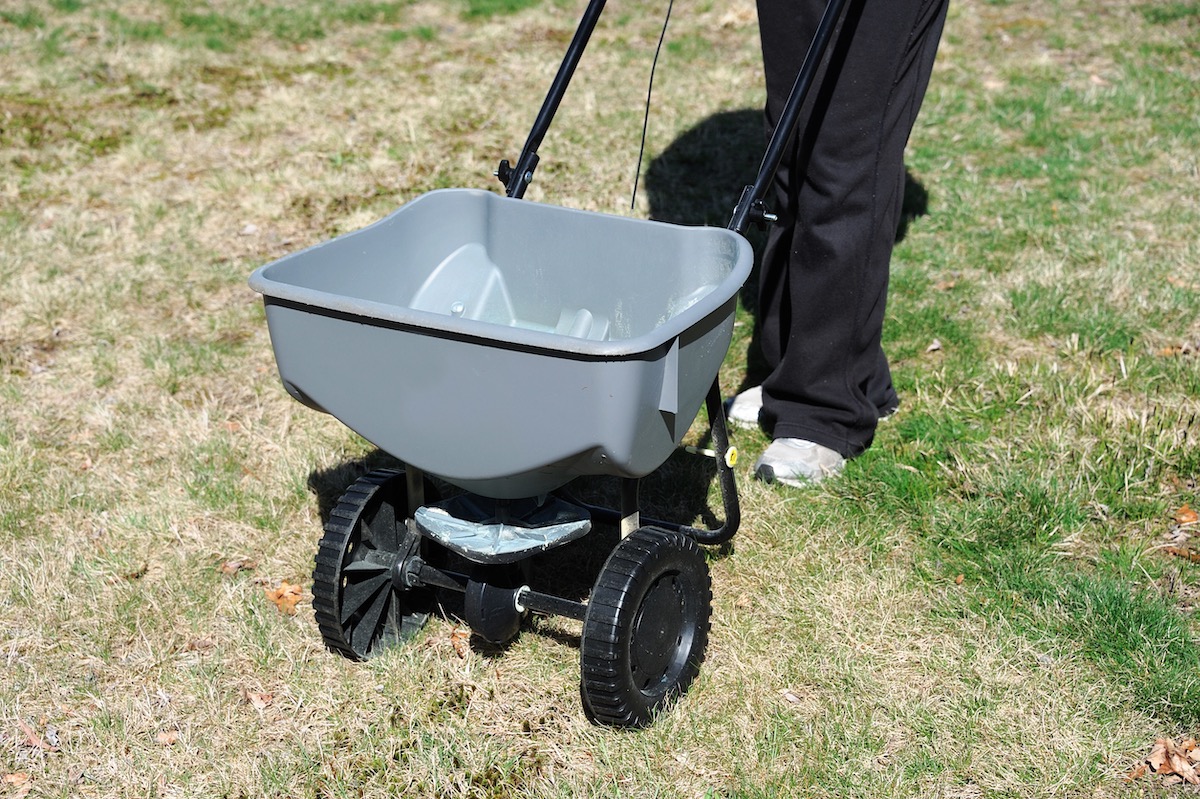How to Apply Lawn Fertilizer for a Beautiful Lawn: A Comprehensive Guide
A lush, green lawn is a sight to behold. It not only adds beauty to your property but also creates a relaxing environment. However, a beautiful lawn requires more than just regular mowing and watering. One of the key components of lawn care is fertilization. Lawn fertilizer provides essential nutrients that grass needs to grow healthy and strong. Applying fertilizer at the right time and in the right way is crucial for optimal results. In this article, we will guide you through the process of applying lawn fertilizer for a beautiful lawn.
How to Apply Lawn Fertilizer for a Beautiful Lawn
Applying lawn fertilizer may seem like a daunting task, but it is actually quite simple if you follow these steps:
Step 1: Determine the Type of Fertilizer
There are two main types of lawn fertilizers: organic and synthetic. Organic fertilizers are made from natural ingredients and release nutrients slowly over time. They are an excellent choice for environmentally conscious homeowners who prefer natural lawn care products. Synthetic fertilizers, on the other hand, are made from chemicals and release nutrients quickly. They are a good option for homeowners who want fast results. Once you have decided which type of fertilizer to use, read the label carefully to determine the correct amount to apply.
Step 2: Choose the Right Time to Fertilize
Timing is everything when it comes to fertilizing your lawn. The best time to fertilize depends on the type of grass you have and your climate zone. As a general rule, it is best to fertilize in the spring and fall when the grass is actively growing. Avoid fertilizing during the hot summer months, as this can stress the grass and lead to burnout. Also, avoid fertilizing just before or after heavy rainfall, as this can cause the fertilizer to wash away.
Step 3: Test Your Soil
Before applying fertilizer, it is a good idea to test your soil. Soil testing will help you determine the pH level of your soil and identify any nutrient deficiencies. You can purchase a soil testing kit from a garden center or have your soil tested by a professional.
Step 4: Prepare Your Lawn
To prepare your lawn for fertilizer application, you should first mow the grass to a height of 2-3 inches. This will help the fertilizer reach the roots of the grass more easily. Next, remove any debris, such as leaves or sticks, from the lawn. This will ensure that the fertilizer is evenly distributed across the lawn.
Step 5: Apply Fertilizer
Now it’s time to apply the fertilizer. You can use either a handheld spreader or a mechanical spreader to apply the fertilizer. Start by applying the fertilizer around the perimeter of the lawn and then move inward. Be sure to apply the fertilizer evenly, making sure that there are no gaps or overlaps. Once you have finished applying the fertilizer, water the lawn thoroughly to help it absorb the nutrients.

Fertilizer Application: Hand Spreder vs Mechanical Spreader
A hand spreader and a mechanical spreader are two common tools used for applying lawn fertilizer. While both types of spreaders are effective, there are some differences between the two.
A hand spreader, as the name suggests, is a manual tool that you hold in your hand and use to distribute the fertilizer across your lawn. It is a lightweight and affordable option that is easy to use for small lawn areas. Hand spreaders come in different sizes and designs, but they all have a hopper that holds the fertilizer and a crank or lever that rotates the spreader plate, allowing the fertilizer to be released in a controlled manner.
On the other hand, a mechanical spreader is a machine that is powered by electricity or gasoline. It is a larger and more expensive option that is designed for larger lawn areas. Mechanical spreaders can be push models or tow-behind models that attach to a riding lawn mower. They typically have a larger hopper that holds more fertilizer and a spreader plate that rotates automatically as you walk or drive, allowing the fertilizer to be released evenly across the lawn.
So, which one is better? It really depends on your lawn size and personal preferences. If you have a small lawn or want a more affordable option, a hand spreader may be the better choice. However, if you have a larger lawn and want a more efficient and faster option, a mechanical spreader may be the way to go.
Ultimately, both hand and mechanical spreaders are effective tools for applying lawn fertilizer. The key is to choose the right tool for your needs and use it properly to achieve the best results for a beautiful, healthy lawn.
FAQs
Here are some frequently asked questions about how to apply lawn fertilizer for a beautiful lawn:
Q1. How often should I fertilize my lawn?
A1. It depends on the type of grass and the climate zone. In general, cool-season grasses should be fertilized in the fall and spring, while warm-season grasses should be fertilized in the spring and summer. However, be careful not to over-fertilize, as this can cause problems such as thatch buildup and burnout.
Q2. Can I apply fertilizer to a wet lawn?
A2. It is not recommended to apply fertilizer to a wet lawn, as this can cause the fertilizer to stick to the grass blades and not reach the soil. It is best to wait until the lawn is dry before applying fertilizer.
Q3. How long after applying fertilizer can I mow my lawn?
A3. It is best to wait at least 24-48 hours after applying fertilizer before mowing your lawn. This will give the fertilizer time to absorb into the soil and reach the roots of the grass.
Q4. What should I do if I accidentally over-fertilize my lawn?
A4. Over-fertilizing can cause burnout and other problems. If you accidentally over-fertilize your lawn, water it thoroughly to help flush out the excess fertilizer. You may also need to aerate the lawn to help the soil absorb the excess nutrients.
Q5. Can I fertilize my lawn in the winter?
A5. It is not recommended to fertilize your lawn in the winter, as the grass is dormant and not actively growing. Wait until the spring to apply fertilizer.
Q6. Can I use a combination of organic and synthetic fertilizers?
A6. Yes, you can use a combination of organic and synthetic fertilizers. This can provide the benefits of both types of fertilizers and help you achieve a healthy, beautiful lawn.
Conclusion
A beautiful lawn is a source of pride for homeowners. Regular lawn care, including fertilization, is crucial for maintaining a lush, green lawn. Applying lawn fertilizer at the right time and in the right way can help you achieve optimal results. Follow the steps outlined in this guide, and you will be on your way to a beautiful, healthy lawn.
Remember to choose the right type of fertilizer, determine the best time to fertilize, test your soil, prepare your lawn, and apply the fertilizer evenly. And don’t forget to follow best practices for lawn care, such as regular watering and mowing, to keep your lawn healthy and beautiful year-round.

